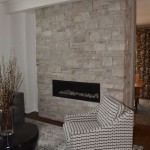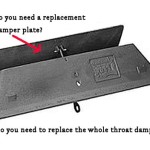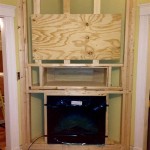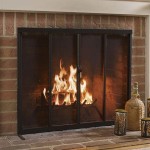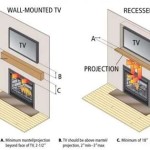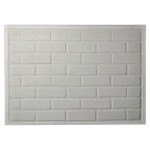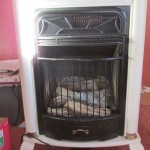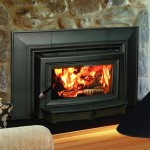Large Outdoor Fireplaces: A Guide to Their Essential Aspects
Large outdoor fireplaces are gaining popularity as homeowners seek to create captivating and inviting outdoor living spaces. These majestic fireplaces offer warmth, ambiance, and a focal point for entertaining or simply relaxing. Understanding the essential aspects of large outdoor fireplaces is crucial for making an informed decision. Here's a guide to help you navigate the key considerations.
1. Size and Location
The size of your fireplace should complement the scale of your outdoor area. For smaller spaces, a compact fireplace will suffice, while a large fireplace can become a grand centerpiece for expansive gatherings. Consider the placement carefully, ensuring that the fireplace is not too close to seating or structures and provides ample clearance for smoke dispersion.
2. Material and Durability
Outdoor fireplaces can be crafted from various materials, including brick, stone, and concrete. Brick offers a classic look and excellent heat retention, while stone exudes natural beauty and durability. Concrete is versatile and can be molded into unique shapes, providing design flexibility. The durability of the material is essential, as fireplaces are exposed to extreme weather conditions.
3. Fuel Source
The fuel source for your fireplace can impact its functionality and maintenance. Wood-burning fireplaces offer the traditional ambiance of crackling logs but require regular cleaning and a supply of seasoned firewood. Gas fireplaces provide convenience and ease of use, with ignition controlled by a switch. Electric fireplaces are a low-maintenance option, but they lack the authenticity of real flames.
4. Safety Features
Safety should be paramount when considering an outdoor fireplace. Ensure the fireplace is built according to building codes and features safety mechanisms such as a spark arrestor to prevent embers from escaping. A fire screen or glass doors can provide additional protection against sparks and debris. Proper ventilation is also essential to prevent smoke inhalation.
5. Aesthetics and Surroundings
The aesthetics of your outdoor fireplace should complement the overall design of your outdoor living space. Consider the color and texture of the fireplace material and how it integrates with the surrounding elements. The landscaping around the fireplace can enhance its visual appeal and create a welcoming ambiance.
6. Maintenance and Cleaning
Regular maintenance is essential to ensure the longevity and functionality of your outdoor fireplace. Wood-burning fireplaces require regular cleaning to remove ash and creosote buildup. Gas fireplaces need periodic inspections and occasional maintenance to ensure proper operation. Cleaning the exterior surfaces of all types of fireplaces protects against weathering and enhances their appearance.
Conclusion
Large outdoor fireplaces can transform your outdoor living space into a captivating and inviting destination. By understanding the essential aspects outlined in this guide, you can make an informed decision that aligns with your needs and preferences. Whether you choose a classic wood-burning fireplace or opt for a convenient gas or electric model, careful planning and adherence to safety guidelines will ensure that your outdoor fireplace becomes a cherished gathering place for years to come.

Outdoor Fireplaces Charlotte Fireplace Design Coogans Build

Outdoor Fireplaces Firepits And Fire Features Sierra Hearth Home

Fire Pit Outdoor Fireplace Vista Oceanside Carlsbad Escondido Encinitas San Diego Area

Five Fabulous Outdoor Fireplace Ideas Coogans Landscape Design

White Mountain Hearth By Empire Ventless Outdoor See Through Gas Fireplace 60

How To Build An Outdoor Stacked Stone Fireplace
.aspx?strip=all)
5 Benefits Of Outdoor Fireplaces Regency

Outdoor Fireplaces Fire Pits Surrounds Landscape Architecture

Outdoor Fireplaces Round Grove S

Single Sided Ready To Finish Gas Fireplace Outdoor Greatroom Greatrooms

